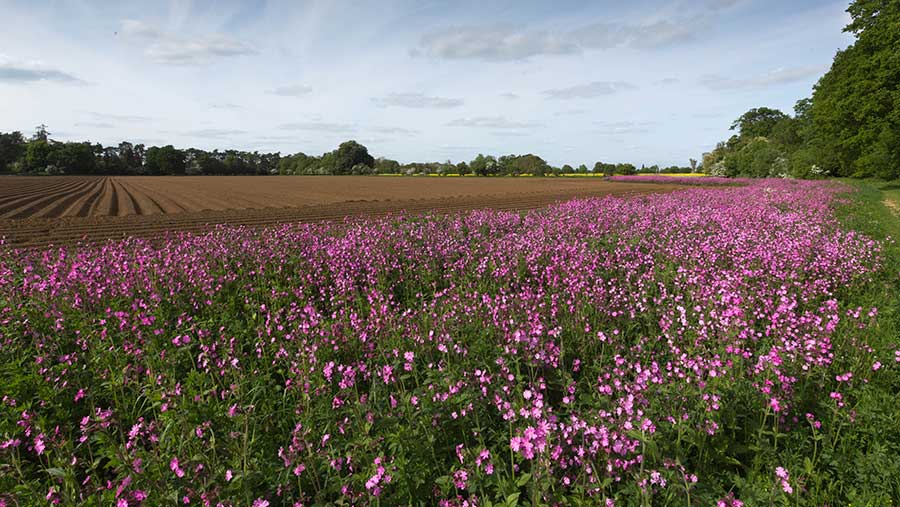Editor’s View: SFI rollout begins but questions remain
 © Tim Scrivener
© Tim Scrivener Good things, it is said, come to those who wait. But farmer patience has already been severely tested, and questions remain about just how good it really is.
Yes, we’re talking about the Sustainable Farming Incentive (SFI) – Defra’s policy alternative to the Basic Payment Scheme (BPS) in England.
News that the 2023 iteration will finally open for applications next Monday, 18 September, has to be welcomed, although the fact the promised August deadline for launching the scheme was missed has undermined confidence.
See also: Defra to fast-track SFI 2023 payments before year end
Furthermore, details of the “controlled rollout” that Defra is planning, with just a handful of people invited to “test run” the new system from next week, will have done little to repair the damage.
According to Defra, it will be several weeks, “if not a bit longer”, before any anticipated glitches have been ironed out and SFI 2023 will be available to everyone.
The initial fear was that would mean the vast majority of applicants would not actually receive a penny until well into 2024, despite the fact they will have already faced three years of BPS cuts.
These fears have been partly allayed by this week’s Defra announcement of an “accelerated payment” in the first month of an agreement, “helping with cashflow and ensuring SFI works for farm businesses”.
It remains to be seen if this will actually be delivered and to how many, but Defra should be congratulated on responding quickly to industry complaints.
Moreover, is does seem that the value of SFI 2023 – whenever the money arrives – will bridge much of the gap created by the BPS cuts, for this year at least.
Every farm is different, but as our analysis shows, on farms that adopt a range of SFI “actions”, the revenue received in 2023-24 at least could be pretty close to the BPS income lost.
This is only part of the story, however. Delivering many of the actions will also incur a cost, so the net gain from SFI is lower.
Also, it does not account for the BPS cuts that have been made already. And looking further down the line, SFI will fall well short once BPS has been removed altogether.
But SFI was never meant to be a like-for-like replacement for BPS, and is not the only show in town.
There are a range of other schemes on offer, from grants for improving slurry stores and calf housing, to payments for creating woodland and improving the landscape.
The frustration is that it is far from clear how much of the money removed from BPS has actually been reallocated, and how much is sloshing around in Defra’s coffers waiting to find a home.
It is likely to be a considerable sum, given that this year’s BPS cut alone will involve a £750m “take” from English farmers, which will be added to the cuts rolled over from last year.
But we just don’t know. Apart from insisting that the money is ringfenced for the life of this parliament, Defra is remarkably tight-lipped about how much is now available, and where and when it might be spent.
The fear is that, should Defra fail to find a home for all its spare cash by the next general election, the Treasury will take the view it is not really needed and will redirect it to other “more deserving” causes.
The message to both Defra and to English farmers is “use it, or lose it”.

